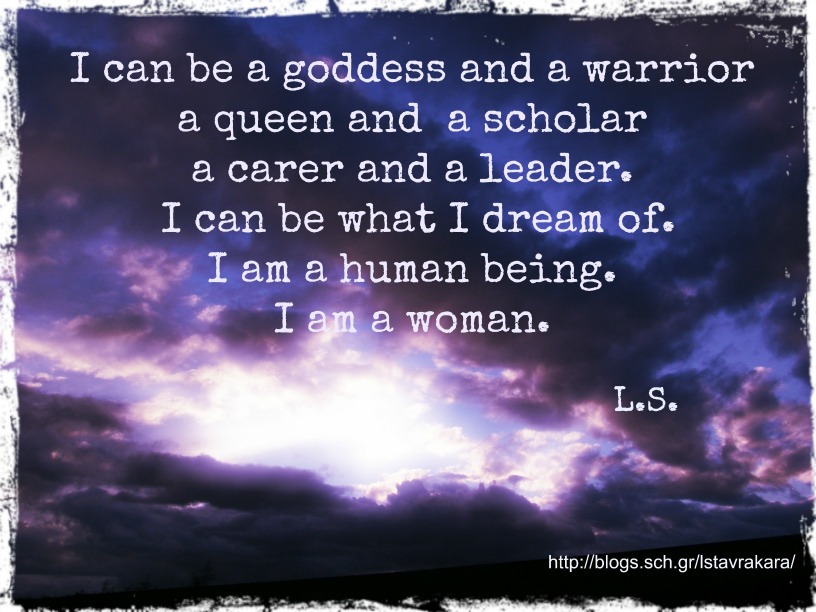International Workers’ Day: Women In The Development Of The Labour Movement
International Workers’ Day, also known as Labour Day in some places, is a celebration of labourers and the working classes that is promoted by the international labour movement, socialists, communists and anarchists and occurs every year on May Day, 1 May, an European spring holiday since the late 19th and early 20th century. The date was chosen for International Workers’ Day by the Second International, a pan-national organization of socialist and communist political parties, to commemorate the Haymarket affair, which occurred in Chicago on 4 May 1886. The events were triggered off during a labor rally in support of workers striking for an eight-hour day and in reaction to the killing of several workers the previous day by the police. The police responded with wild gunfire, killing several people in the crowd and injuring dozens more. Find out more about May Day along with language activities here.
The struggle for better labour conditions has been long and alive. What is often neglected in textbooks and the media is the impact women have made in labor history despite the numerous roles women have played to organize, unionize, rally, document, and inspire workers to fight for justice. Relevant sources and material follow below.
“Bread and Roses” is a political slogan as well as the name of an associated poem and song by James Oppenheim. It is commonly associated with the successful textile strike in Lawrence, Massachusetts.
Women in the labor movement at buzzfeed.com
Women in labor unions at shmoop.com
Women who sparked labour movement at theguardian.com
Women in labor history at zinnedproject.org
Bread and Roses Strike of 1912 digital photo collection at zinnedproject.org
Bread and Roses slogan at en.wikipedia.org
Teaching Resources at bctf.ca
Poems for workers-An anthology at marxists.org









